Children’s Cancer Institute study uses screening tool to help improve outcomes for young patients
Children with high-risk cancers will benefit from a rapid screening tool that’s been used in a landmark study involving Aussie patients.
A powerful new tool for screening which drugs will be the fastest, most effective and least invasive therapies for each individual will help in the treatment of children with high-risk cancers.
It was used in a study led by the Children’s Cancer Institute that involved 125 Australian children with high-risk cancers, including difficult-to-treat brain tumours.
Their tumour samples were screened against a library of more than 100 anti-cancer drugs using the rapid method called high-throughput drug screening.
Researchers say this tool can expand precision medicine to support drug treatments and broaden the options available to treat children.
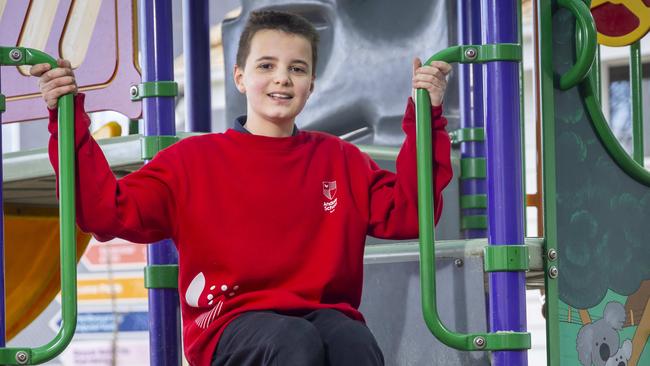
“It can help improve outcomes for pediatric cancer patients,” said Emmy Dolman, the senior researcher on the study published in the journal Cancer Research.
The senior scientist at the Zero Childhood Cancer Program (ZERO) said the children involved were pioneers on the path to better outcomes.
This new study follows the world-first pilot investigation of the tool in 2021 by Children’s Cancer Institute scientists and confirmed the value of incorporating drug screening into precision medicine programs to support clinical decisions.
The team said it also provided important evidence of its potential to improve understanding of children’s cancers and how best to treat them.
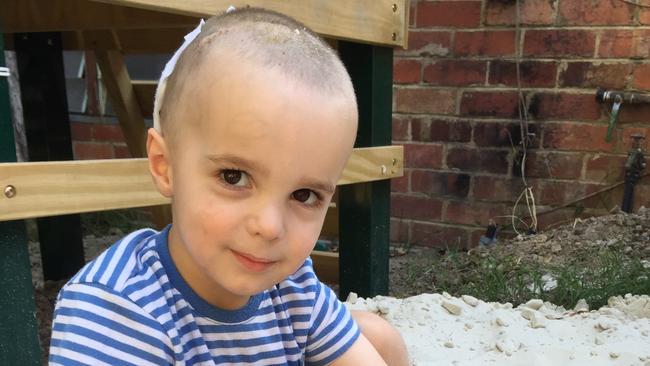
“Key, we learnt in our study, is that matching drug screening with genomic analysis is a powerful strategy to better understand why a particular cancer responds to a particular drug,” Dr Dolman said.
The children came from across the country and she said thanks to their involvement the CCI team had discovered how to better identify the right drugs to kill individual cancers.
Dr Dolman said the unique screening involved growing cancer cells from a sample of the patient’s primary tumour in the laboratory, then screening these cells against potential drug treatments to see how the cancer responded.
They were then tested in a living model of the tumour from the patient to further validate their potential.
The children in the study were already enrolled in ZERO, a world-leading precision medicine program led by CCI and Kids Cancer Centre at Sydney Children’s Hospital, together with all eight of Australia’s children’s hospitals including The Royal Children’s Hospital.
High-throughput drug screening will be part of the expanded ZERO program, revealed by the Herald Sun in February, in which every child in Australia diagnosed with cancer will have access to unique genetic analysis that looks for changes that might be driving their cancer’s growth.
According to Dr Dolman, existing personalised medicine programs provide tailored treatment for each patient based on patient-specific factors such as genetics.
However, for a third of pediatric cancer patients enrolled on ZERO, genetic profiling alone does not yield a treatment recommendation.
“When genome sequencing is done on a child’s cancer cells, sometimes it doesn’t reveal any known cancer-causing gene variants,” Dr Dolman said.
“If we then do drug screening on those cells, and they respond to a certain drug, this gives us important clues about what might be driving the cancer’s growth.”
Another important finding of the study, Dr Dolman said, was predicting effective combinations of treatment drugs.
“Precision medicine is still an evolving field, and it is not currently possible to identify the right treatment for every child with cancer,” Dr Dolman said.
“Incorporating drug screening into precision medicine programs is an important step towards achieving that goal.”
Thomas had multiple tumours in his brain
Andale School student Thomas Edney is a trailblazer.
Diagnosed with a rare brain tumour as a toddler, he is now one of 125 Australian children helping researchers pave the way for improved treatments for high-risk childhood cancers.
His own journey has been a tough one; doctors discovered multiple tumours in his brain and on his spine before he was three which they treated with surgery.
His parents Abby and John Edney said they were crushed when told their only son had cancer, and that breaking the news to family was difficult, but hardest was telling Lucy, Thomas’s sister, who had not yet turned five.
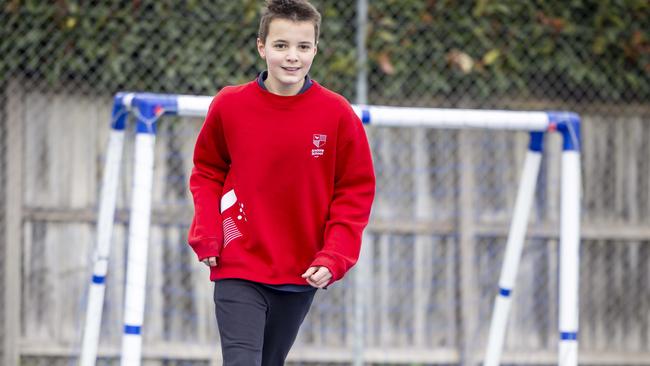
For the next four years the family could never quite rest easy; that rollercoaster between appointments and then the news they had been dreading: a new tumour was discovered.
“As a parent, it was too hard to even process, thinking that there may be no way forward. We were devastated,” Mrs Edney said.
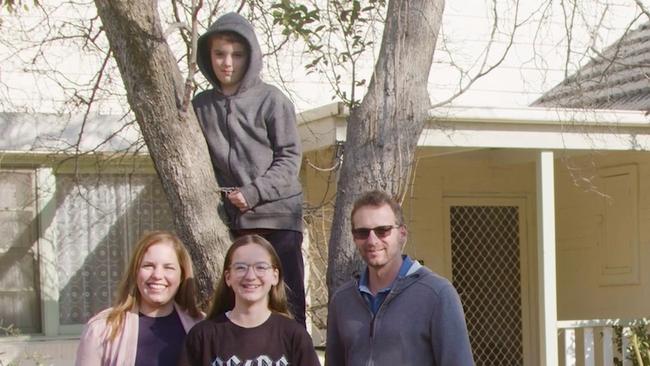
It was then the couple found out about the Zero Childhood Cancer Program.
“The oncologist said, ‘let’s look at what genetic mutation is causing his cancer, and see it from a completely different angle’,” Mrs Edney said.
She said with her son getting sicker and in agonising pain, the family was “overcome with relief” to find out Thomas had been accepted on the trial.
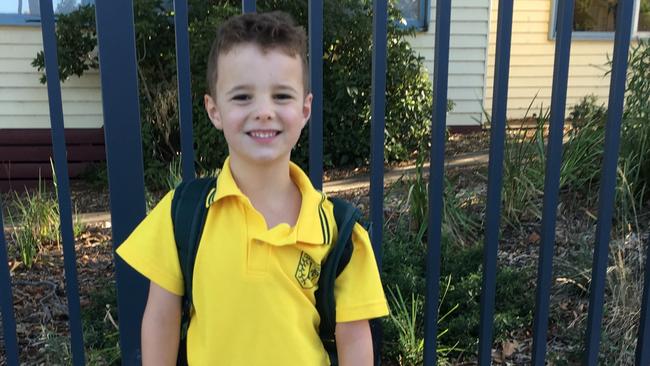
A sample from his tumour was sent for analysis by the ZERO team, who were then able to access a paediatric clinical trial using a gene therapy drug.
His parents said Thomas had the experimental treatment for two years and then it was agreed to stop treatment and monitor him with the hope the tumours do not grow again.
“He remains stable and Thomas has been able to enjoy returning to child appropriate activities such as attending school, playing sports and enjoying family holidays,” Mr Edney says.
Mrs Edney said while grateful their lives have returned to ‘normal’, she knows many families with ill children are struggling and fighting to help them.
“I am comforted by the knowledge that all the families will be able to access ZERO and have the same hope that we had, and I really hope the same success as us too. It is devastating seeing your child so unwell and feeling so helpless.”
More Coverage
Originally published as Children’s Cancer Institute study uses screening tool to help improve outcomes for young patients





